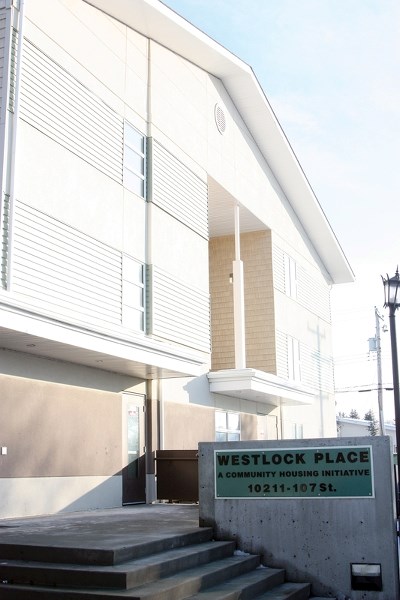The Town of Westlock is looking to increase the rates it charges residents at Westlock Place, the town’s 24-unit affordable housing project.
Director of planning Simone Wiley reported to council at the Dec. 8 meeting that administration is still awaiting word from Alberta Municipal Affairs on whether the province will approve proposed rental increases.
“We’ve sent a letter to them, so we’re following up to see where that is at,” she said.
Vivian Zittlaw, the town’s economic development and tourism coordinator, explained after the meeting that Municipal Affairs mandates that municipalities charge rent in low-income housing projects that is at least 17 per cent below market rates.
She said the proposed increases in Westlock place will be from $387 to $483 for a bachelor suite, from $514 to $551 for a one-bedroom, from $595 to $611 for a two-bedroom and from $653 to $685 for a three-bedroom.
Tenants are also charged an additional $40 monthly to pay for electricity in the common areas, on top of their own metered electricity use.
The last time rent was increased in Westlock Place was 2011.
Mayor Ralph Leriger said council had heard about this increase from a report, but had little to do with it since it falls to administration to make those decisions, but said the rate increase was a reasonable amount to ask.
“It’s just simply because the rate hasn’t increased for several years,” he said. “Our costs rise, so we’re simply trying to cover our increase of expenses.”
He said the town currently subsidizes Westlock Place with property taxes by about $50,000 per year, which includes annual loan-plus-interest payments of $82,000 per year until 2030.
“It’s relatively small,” Leriger said.
“That represents just under one per cent of our total taxes.”
He noted in an ideal world, the facility would be operated on the basis of full-cost recovery, but provincial regulations for low- and medium-income housing projects can make that difficult — and there are always expenses associated with operating a building.
“We try to keep our subsidization by taxes to a minimum, but the reality of it is there are building repairs, staff time, utilities, garbage collection… there’s all those issues,” he said.
“It costs money to operate just like any building does.”



